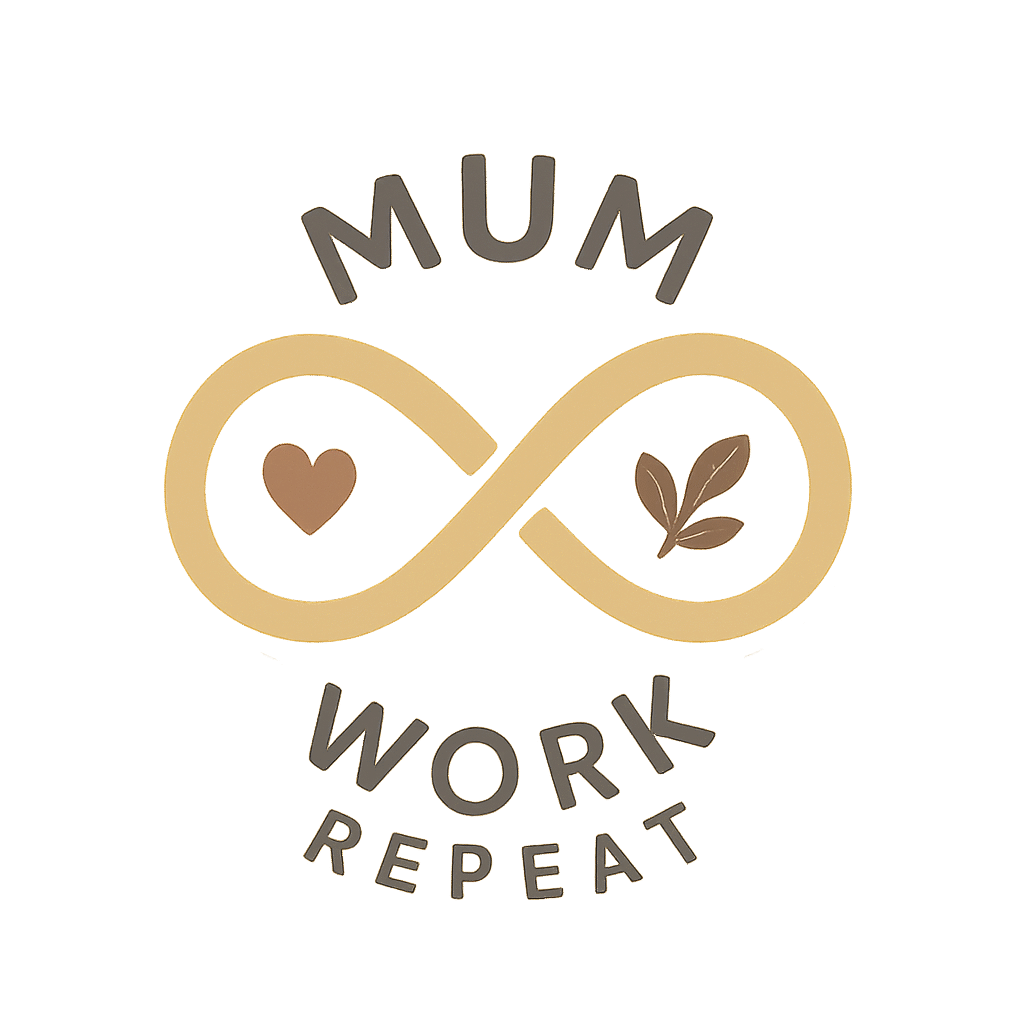Finding a good balance between work and family can be a real challenge, especially with remote work, changing schedules, and the daily pressures that pop up from both sides. If you’re always feeling stretched thin, pulled from one responsibility to the next, you’re definitely not alone. I’ve spent plenty of time wrestling with my own boundaries, and I’ve learned that setting clear lines makes home life smoother and helps me feel more present. Both at work and at home, holding on to those lines is key. I’m sharing my experience and practical steps for setting boundaries that actually stick, so you can enjoy both parts of your life without the constant stress.

Understanding Why Boundaries Matter
Work-life boundaries aren’t just helpful; they’re really important for keeping your energy up, protecting your relationships, and getting your best work done. Without clear lines, it’s easy for work emails to spill into dinner time, or for family worries to distract you when you need to focus. Over time, that kind of overlap can leave you feeling burned out, frustrated, or even resentful of either side.
Plenty of studies and surveys show that drawing lines between professional and personal life prevents a lot of unnecessary stress. For those working from home, around-the-clock work access is great in theory, but it can turn into evenings and weekends blurring into overtime. On the family side, loved ones can feel ignored or undervalued if you’re always half-listening or jumping up for just one more work call. Good boundaries solve a lot of that by making clear when you’re “on the clock” and when you’re all in with your family.
How to Spot Boundary Problems
Knowing where your boundaries are weak is the first step to fixing them. I realised a while ago that I was always distracted, such as taking a call while cooking, answering emails during kids’ bedtime, or letting work stress affect my mood at home. Maybe you notice things like:
- You consistently work late or during family meals.
- Family members say you’re always distracted, or you miss important events because of work.
- You feel guilty taking personal time, even for a quick walk or a hobby.
- Your workspace invades your actual living space, making it hard to separate work from home life.
- Even after working hours, you stay mentally or emotionally “at work.”
If one (or more) of these sound familiar, setting clearer boundaries could make your day-to-day life way less stressful.
Setting Up Clear, Practical Boundaries
Getting boundaries to work for you isn’t just about saying “no” to more work or family stuff. It’s about being honest with yourself and others, and creating routines that everyone can count on. Here’s what I’ve found helps most:
- Decide Your “Work Hours” and Stick to Them: Whether you work nine to five or have a shift schedule, keeping a consistent start and finish is important. Communicate your hours to both your family and your boss or coworkers. It’s a lot easier to hold the line with others when you’re clear on where you stand.
- Create a Physical Workspace: If you work from home, having an actual space for work—even just a corner—gives your brain a visual cue that separates work from personal life. I have a seperate desk and keep work stuff packed away when the day is done so my living room doesn’t turn into an office all day.
- Use Technology Wisely: Turning off work notifications after hours, setting up “Do Not Disturb” times, or using a work only device can help resist the urge to check messages or emails late at night.
- Schedule Family and “Me” Time: Put family dinners, outings, or downtime right in your calendar just like you would for work meetings. Blocking out time ensures those moments aren’t just leftovers after the workday.
Quick Guide for Managing Work and Family Expectations
Communicating boundaries is a big part of getting them to work for everyone. It’s not always easy, but making your needs known makes everything smoother in the long run. Here’s how to start those conversations:
- With Work: Be direct but friendly. Let your manager or teammates know your availability, and remind them if they try to pull you into after-hours projects. If your job is flexible, let them know what works best for you and check in about the team’s needs for transparency.
- With Family: Explain why focused work time means you can be way more present later. Remind kids or partners that when you’re done, they get your full attention, but during certain hours, you’ll need some quiet. For younger kids, a visual sign on the door can be a fun way to signal you’re working.
- Set Up Check-Ins: Life changes all the time, so setting regular check-ins about what’s working and what isn’t helps everyone tweak routines as needed.
Things to Watch Out For
Boundaries can get tested, and sometimes they’ll slip. Here are a few common traps and practical fixes:
- LastMinute Work Requests: It’s tempting to say yes to that “quick” email or project after hours. Having a canned response ready saves you from caving in. You can say something like, “Happy to look into this first thing in the morning!”
- Constant Interruptions: For remote workers, family or roommates might not realize you’re busy unless you set clear signs. Noisecanceling headphones, door signs, or background music can signal that you’re “in the zone.”
- Overcommitting: Both at home and work, it’s easy to try to do it all. I try to pause before saying yes and check my current commitments first. Sometimes, being realistic upfront keeps everyone happier down the line.
- Workspace BleedOver: If your workstation starts creeping into relaxation spots, like the dining table or living room, try packing up work gear each night so home feels like home again.
LastMinute Work Requests
I used to think replying to work at any hour meant I was a “team player,” but all it did was leave me drained. Now, I close email tabs after work hours and turn off notifications. Not every request needs an immediate answer, even in high-pressure jobs.
Interruptions at Home
Getting interrupted in the middle of focus work can tank your productivity and leave you irritated. Explaining your schedule to family in a way that makes sense to them, and maybe even sharing your calendar, cuts down on this a lot.
Saying Yes Too Much
It’s tough not to agree to everything, especially if you want to be supportive. But I learned that saying yes to too much at work or home means saying no to my own downtime, which everybody needs. Being mindful of your commitments helps prevent burnout.
Advanced Tips for Sticking with Your Boundaries
Once you’ve got basic boundaries in place, there’s always room to take it up a notch. Here are some advanced tactics to help your boundaries hold up, even on busy weeks:
Batch Tasks: Check emails at set times instead of constantly. Grouping similar work together helps you be more efficient and creates bigger chunks of personal time later, giving you space to actually unwind.
Automate What You Can: Use shared family calendars, task apps, or home assistants to help remember important dates or reminders. Automating small things, such as ordering groceries online or setting meal reminders, keeps your mental load lighter and frees up valuable time.
Ask for Help: Whether it’s sharing childcare, dividing chores differently, or renegotiating deadlines at work, reaching out for support makes boundaries easier to keep in place. People can’t help if they don’t know what you need, so don’t be afraid to check in and delegate.
Set Review Points: Every couple of weeks, look at what’s going well and what’s off balance. Talking to your partner, kids, or even your boss about what’s working helps cut out new stress before it piles up, letting everyone adjust as needed.
Protect Your Downtime: Just like meetings, block out “nothing” time—no chores, calls, or work. Treating your downtime as real appointments gives you permission to recharge guilt-free and reminds those around you how vital that time is.
Where Boundaries Work in Real Life
I once struggled with work bleeding late into evenings, but I started leaving my laptop in a closed cabinet by 6 p.m. The physical barrier made it easier to mentally “clock out.” I also set up a weekly Sunday check-in with my family to go over the coming week. Everyone now knows when work might run long or when a big family event is coming up. That bit of preplanning has cut down on lastminute stress for all of us.
- Remote Workers: Having a startup and shutdown routine gives you a stronger signal when the workday is done, even if “the office” is your bedroom corner.
- Parents: Scheduling solo time, even if it’s brief, helps you show up more fully for both your kids and your job. Sometimes ten quiet minutes can make a world of difference.
- Partners: Checking in on household tasks and shared responsibilities boosts teamwork and clears up miscommunication before tension builds. Clear division keeps everyone happier.
Frequently Asked Questions
Question: How do I set boundaries without disappointing my boss or coworkers?
Answer: Be upfront early on. Explain that clear boundaries help you bring your best work. Offer alternatives, such as scheduling calls during your hours, and show flexibility when it’s truly needed. Most bosses respect honest communication and followthrough over someone burning out.
Question: What if my family doesn’t take my boundaries seriously?
Answer: Explain how your boundaries help everything run smoother, and get them involved in setting routines. Visual reminders like a calendar or sign can make boundaries more real. Celebrate when boundaries hold up and adjust together if things change.
Question: Is it selfish to prioritize my needs over work or family sometimes?
Answer: Not at all. Everyone needs time for themselves to recharge. When you’re rested and present, you bring more energy to both work and home. Prioritizing selfcare actually helps everyone around you. Taking a little time for yourself benefits the whole family.
Final Thoughts
Drawing the line between work and family means you can enjoy the best of both worlds. Boundaries take time to put in place and a little effort to keep them steady, but they make a huge difference in your daily energy and peace of mind. With some open communication and practical habits, you’ll find your days run smoother, your focus returns, and both work and home start to feel more rewarding. Remember, boundaries are a work in progress.
Start trying out these strategies this week and adjust what works best for you. It’s not about perfection; it’s about getting a little closer to balance each day. Whether you work from home, at an office, or juggle both, healthy boundaries will give a boost to both your productivity and happiness. Here’s to finding your own rhythm and making balance a real part of life.
